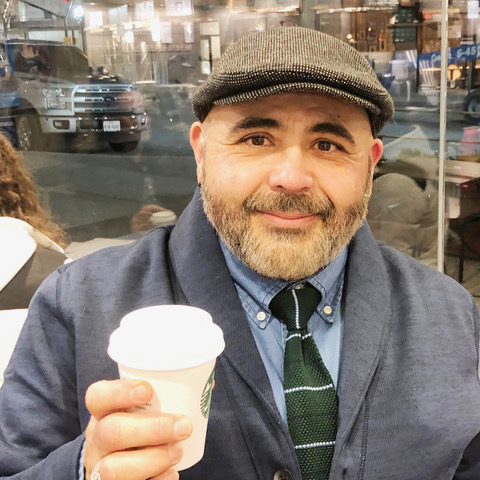Complementary therapies can have a range of benefits for people with breast cancer. Some may provide comfort when coming to terms with the physical and emotional effects of breast cancer and its treatment. Examples of complementary therapies for breast cancer patients include:
• Acupuncture: Involves placing fine needles into specific points on the body to help stimulate the nervous system. Research suggests it may help relieve chemotherapy-induced nausea and vomiting, pain, fatigue, and hot flashes.
• Meditation and mindfulness: These practices can increase self-awareness and help reduce anxiety, stress, pain, and fatigue. Mindfulness-based stress reduction (MBSR) has been shown to reduce fatigue in breast cancer patients.
• Yoga: Combines gentle movement, breathing, and meditation. Research has found that it can improve mood, energy levels, vitality, and overall quality of life for breast cancer patients.
• Tai chi and qigong: These ancient Chinese movement practices involve gentle, graceful movements with a focus on breathing and meditation. They can help improve mood, reduce stress and pain, and increase quality of life.
• Art and music therapy: Creative outlets like art and music can help individuals express emotions and reduce stress and anxiety. One study found that listening to music reduced pain and fatigue in cancer patients.
• Guided imagery: A form of focused relaxation that involves visualizing calm, peaceful images or situations.
• Massage therapy: A hands-on therapy that can help relieve anxiety, stress, fatigue, and pain. Patients who have had lymph nodes removed should work with a licensed practitioner to avoid sensitive areas.










